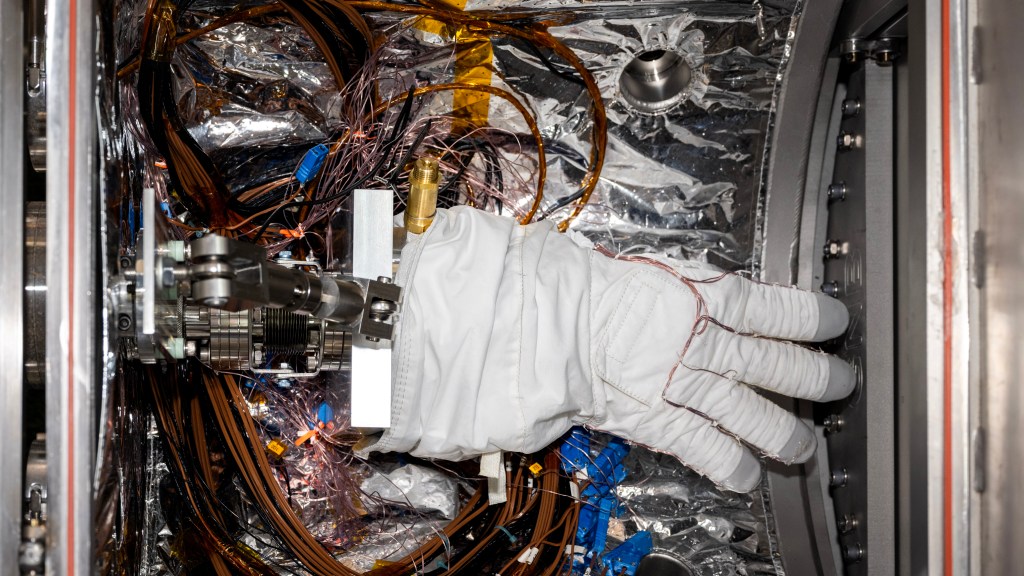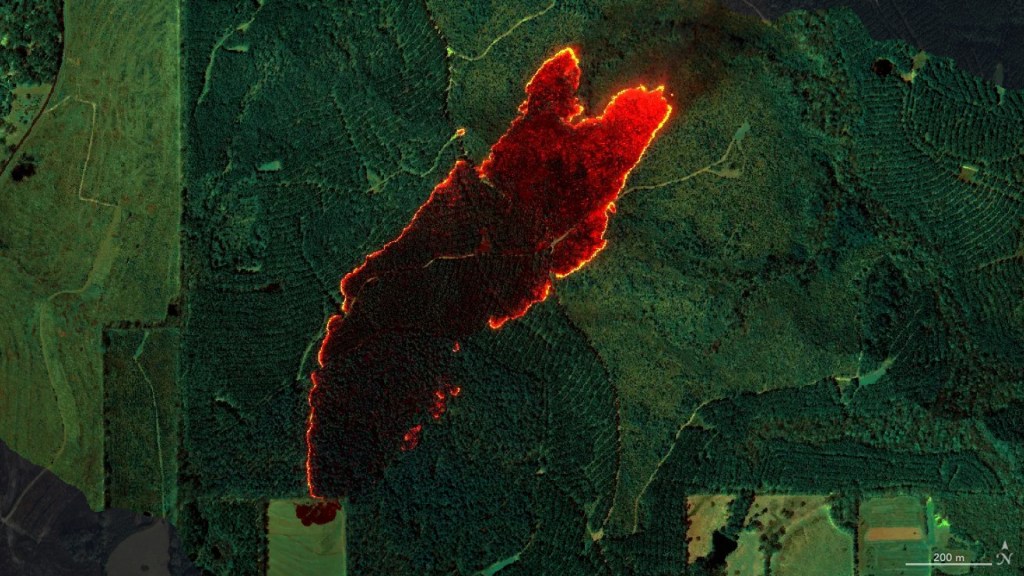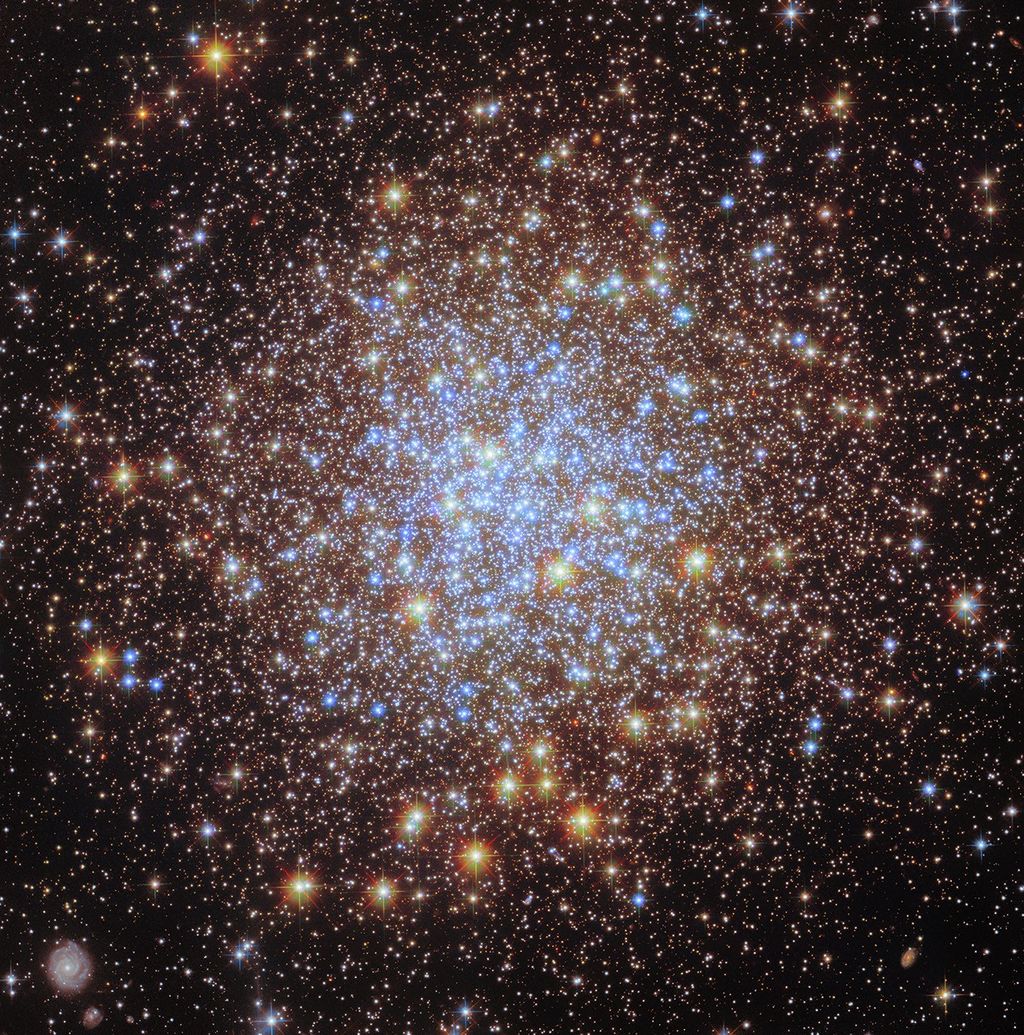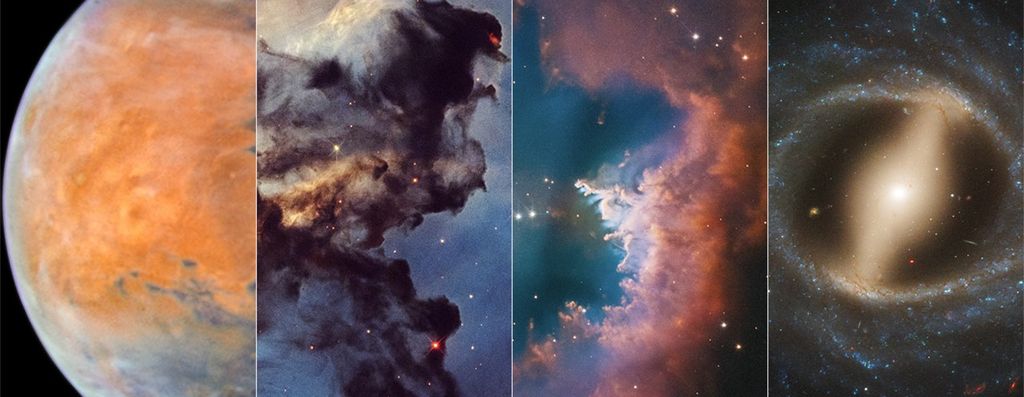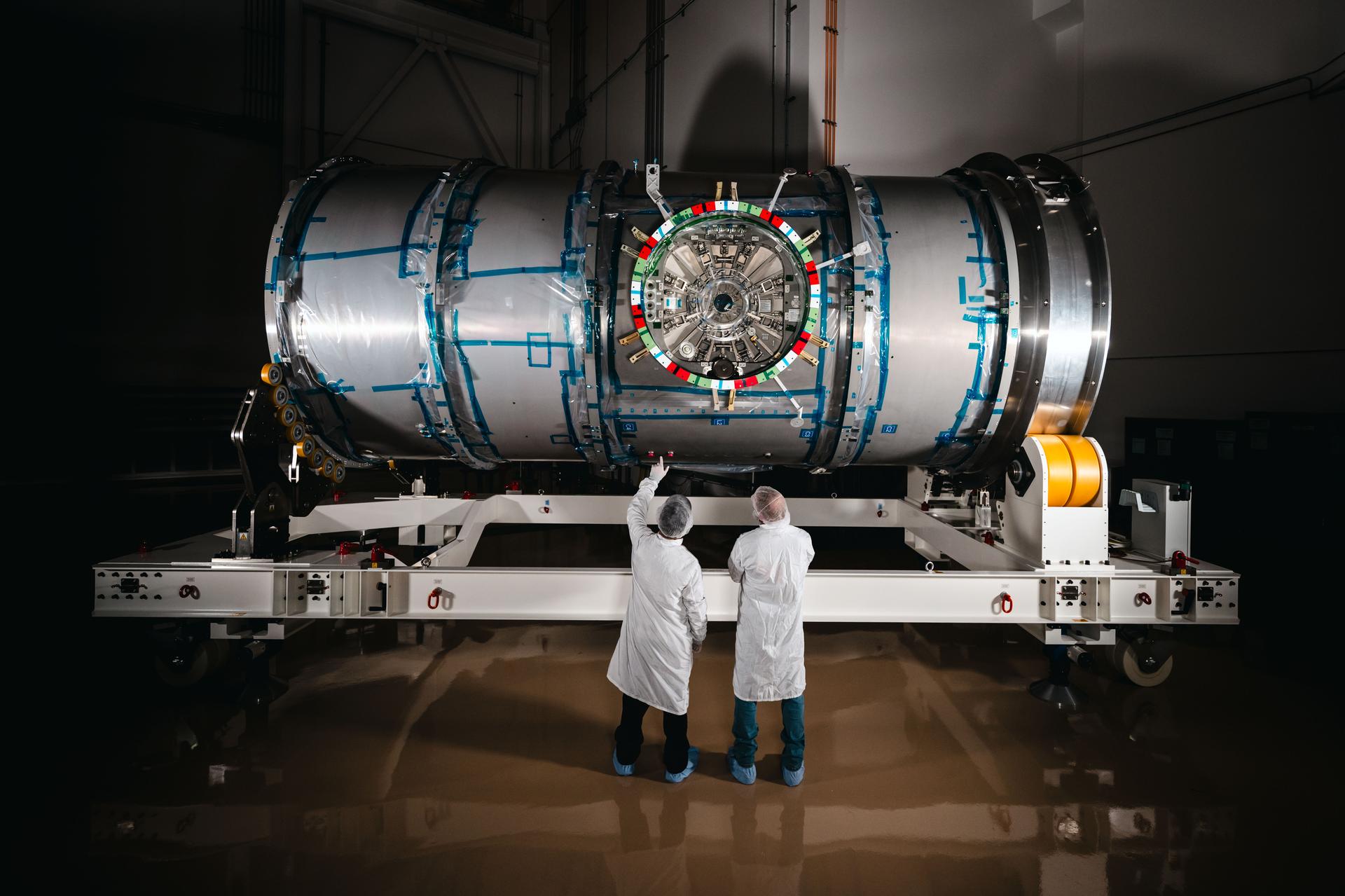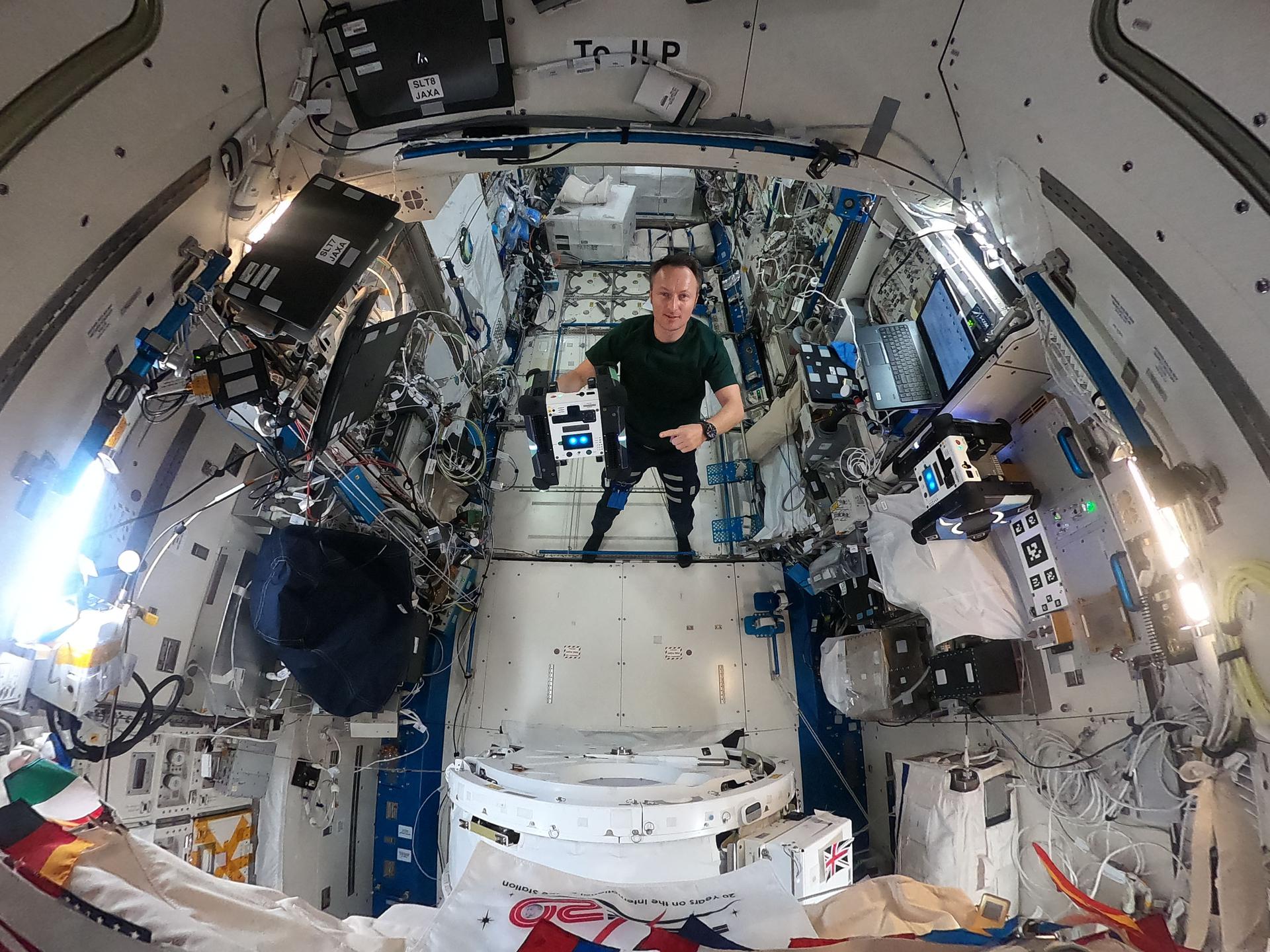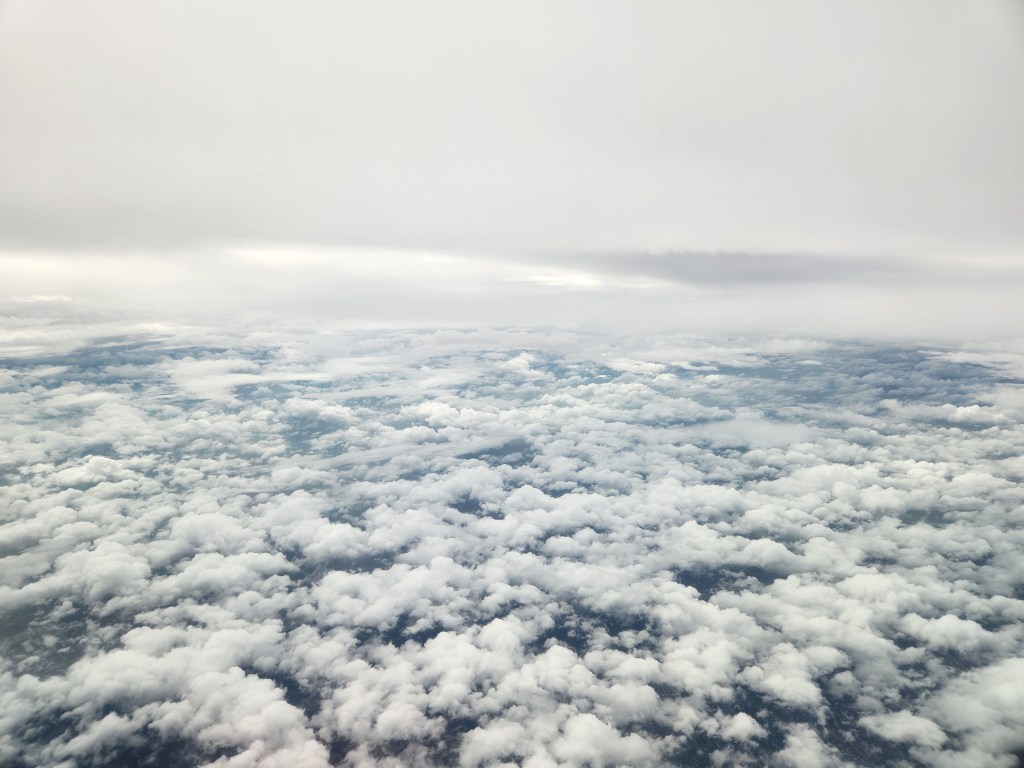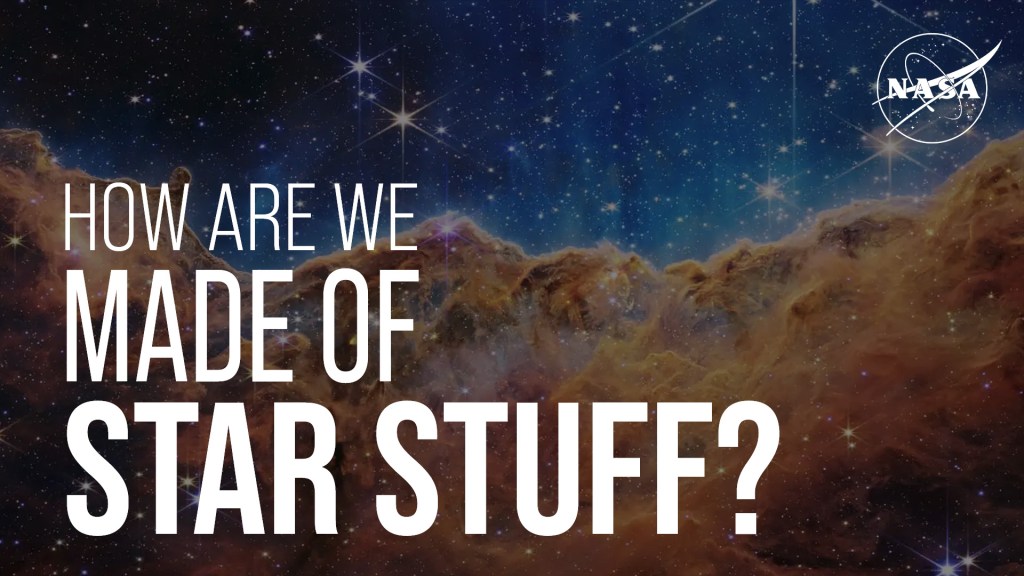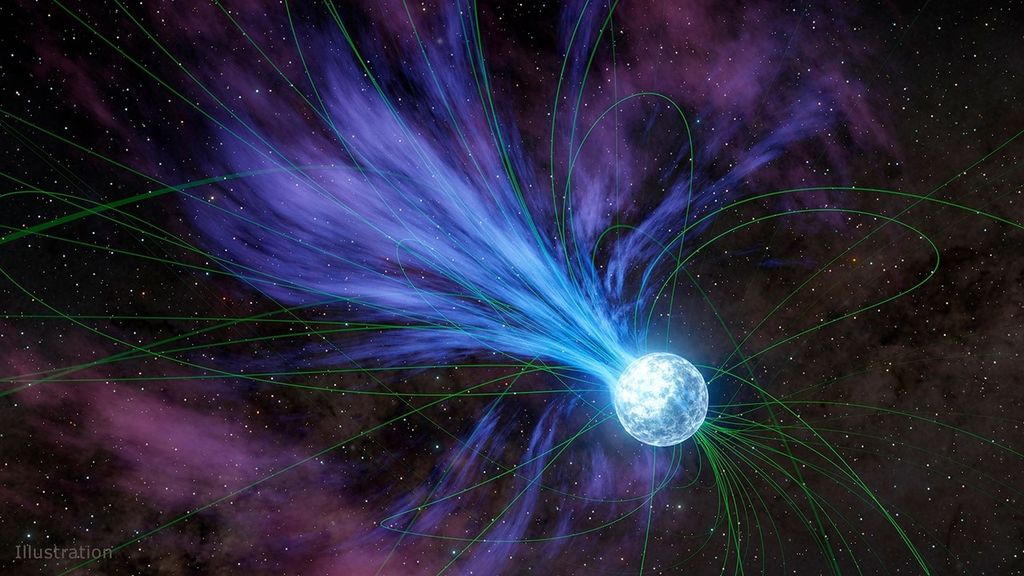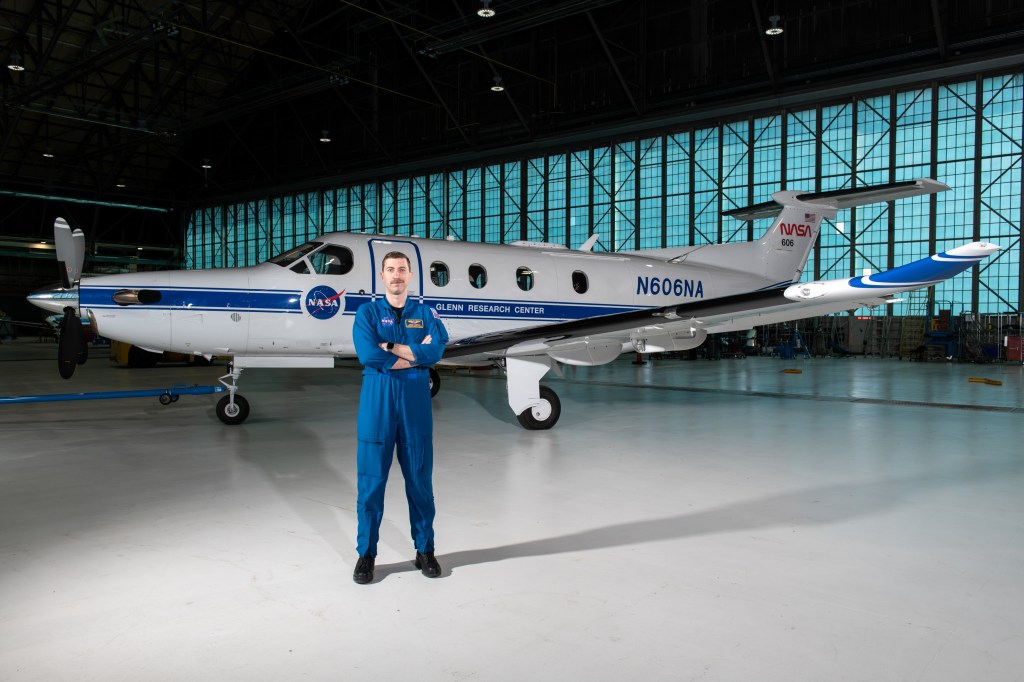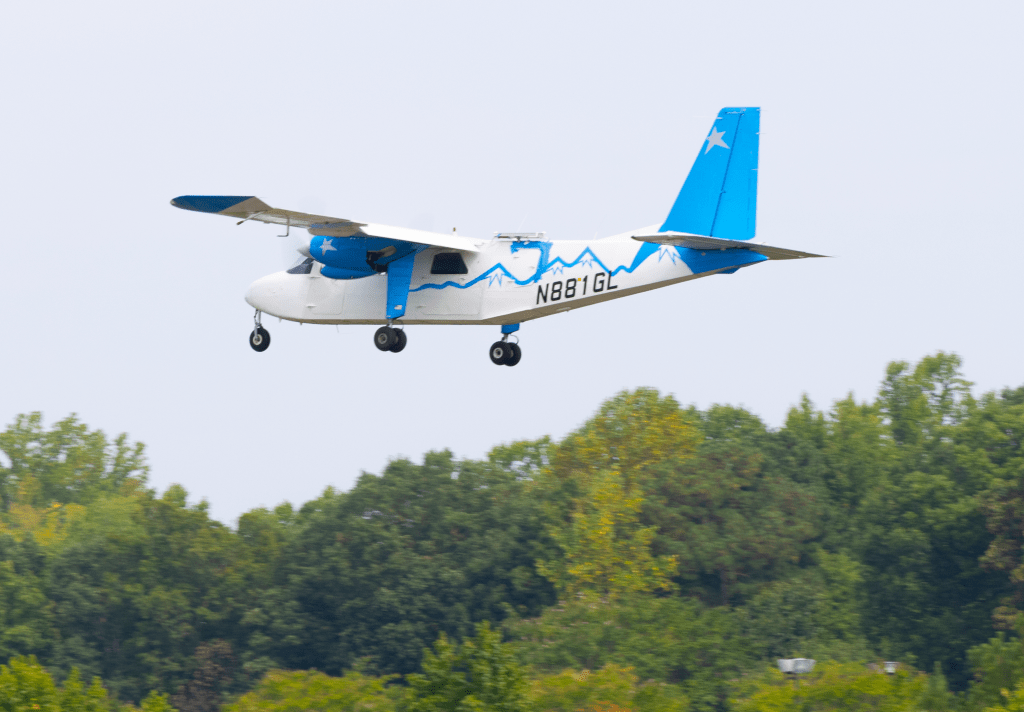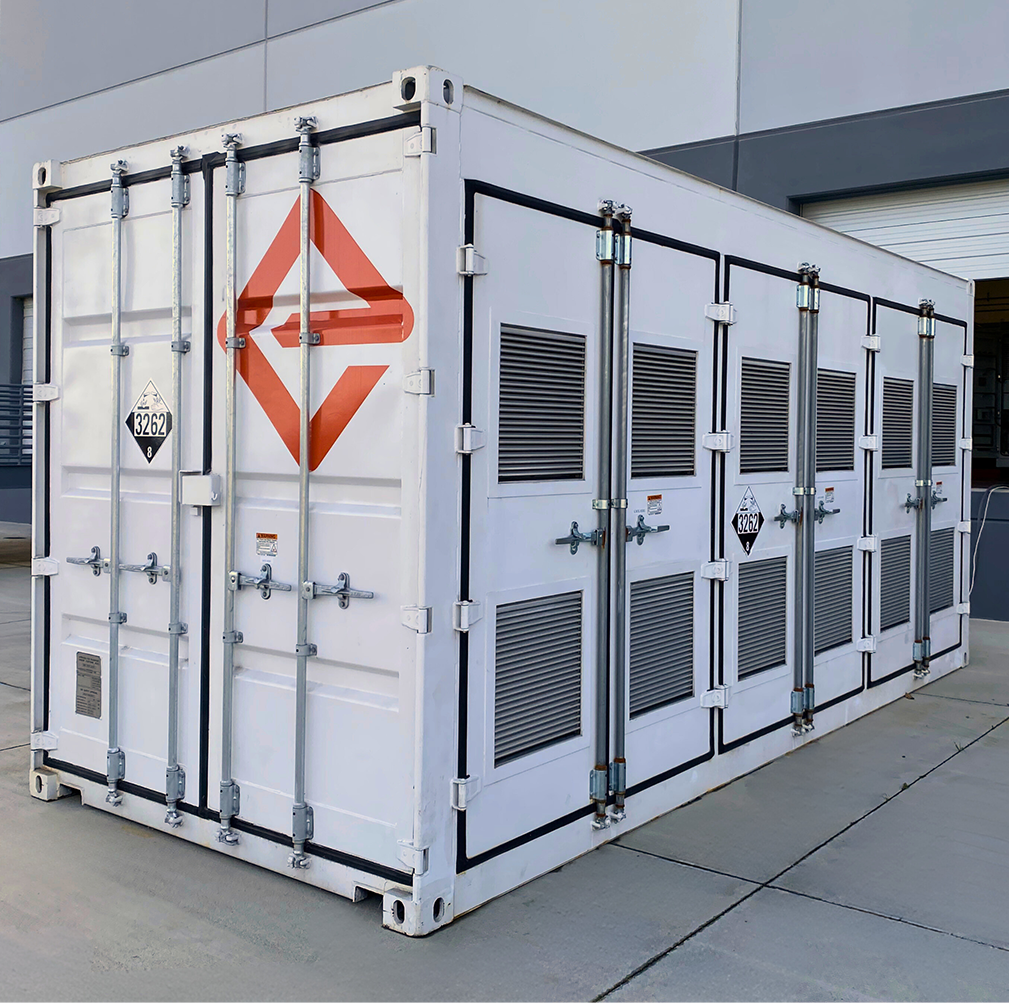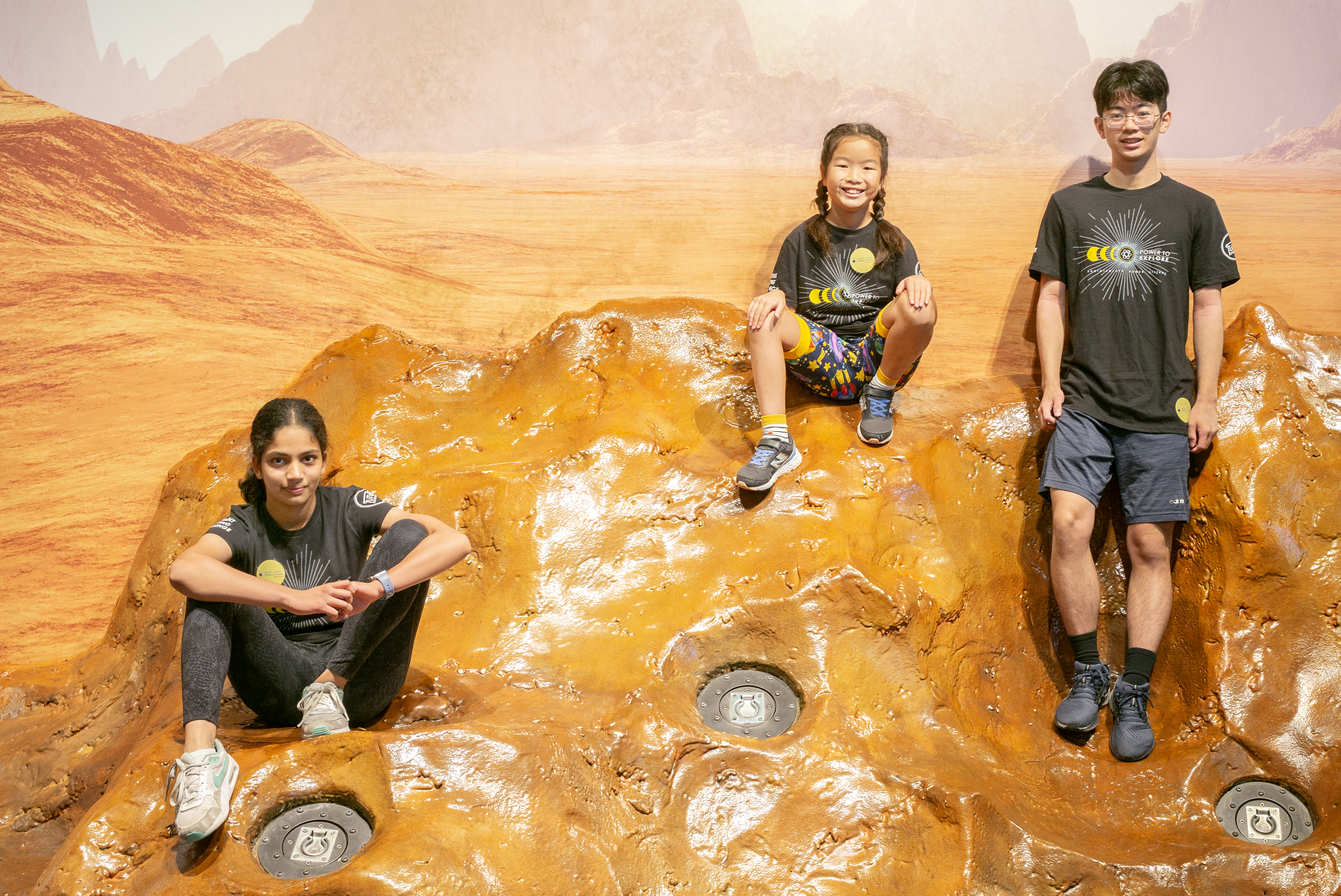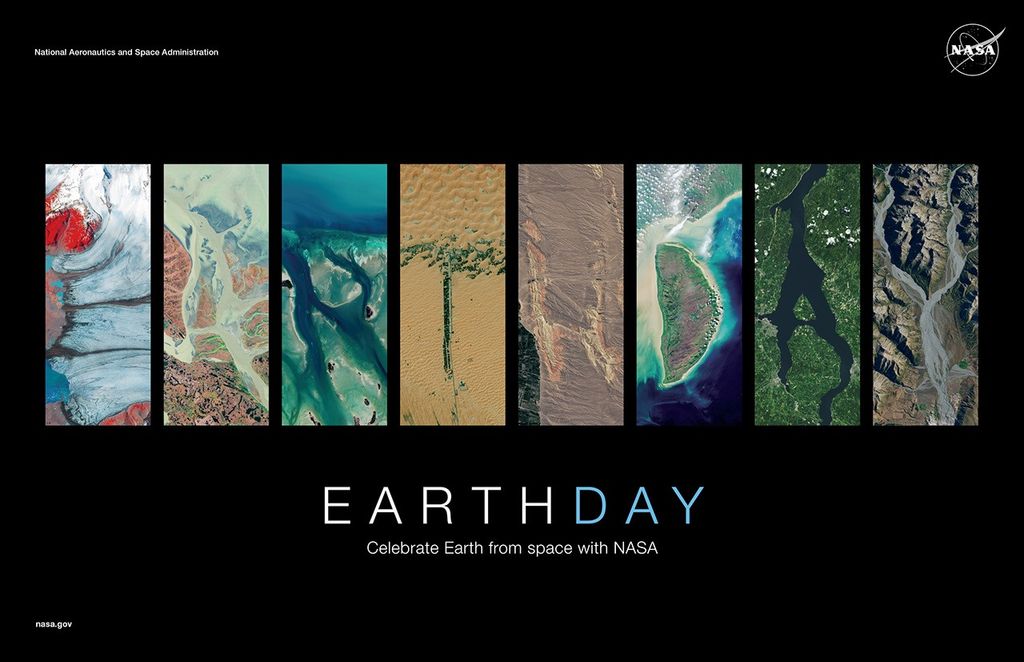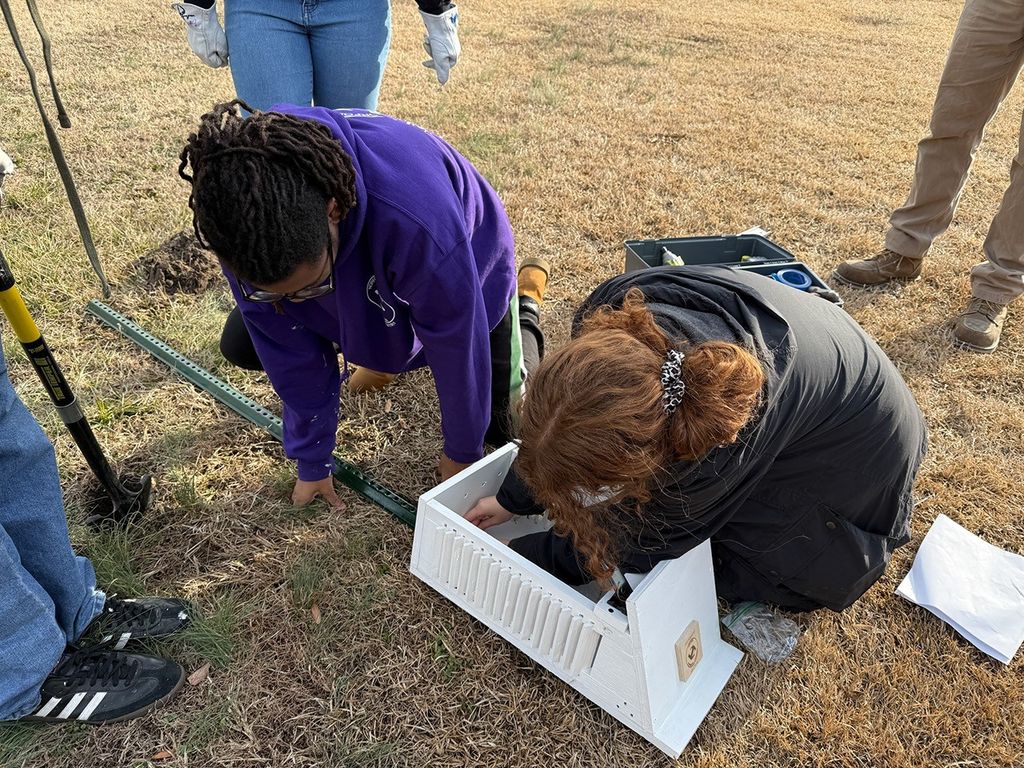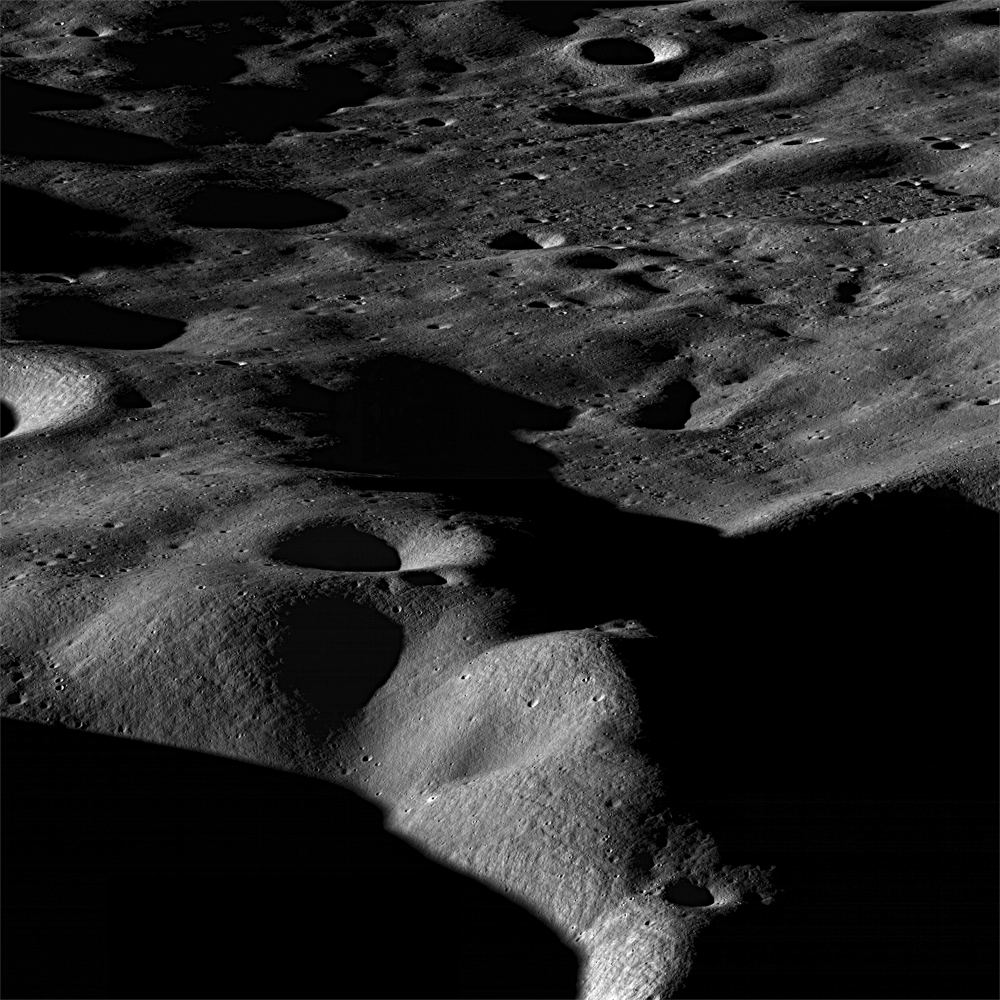
Cabeus crater LRO
Most mountains on the Earth are formed as plates collide and the crust buckles. Not so for the Moon, where mountains are formed as a result of impacts. Images taken looking across the landscape rather than straight down really bring out topography and help us visualize the lunar landscape. However such images can only be taken as the spacecraft rolls to the side, in this case about 70°, so the opportunities are limited. Foreground is about 15 km wide, view is northeast across the north rim of Cabeus crater
Image Credit: NASA/GSFC/Arizona State University
- X
https://science.nasa.gov/image-detail/cabeus-crater-lro/
Image CreditNASA/GSFC/Arizona State University
Size1000x1000px


